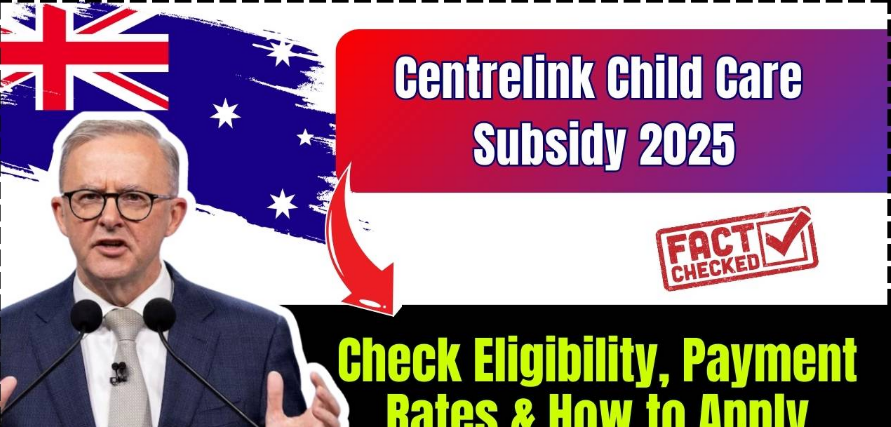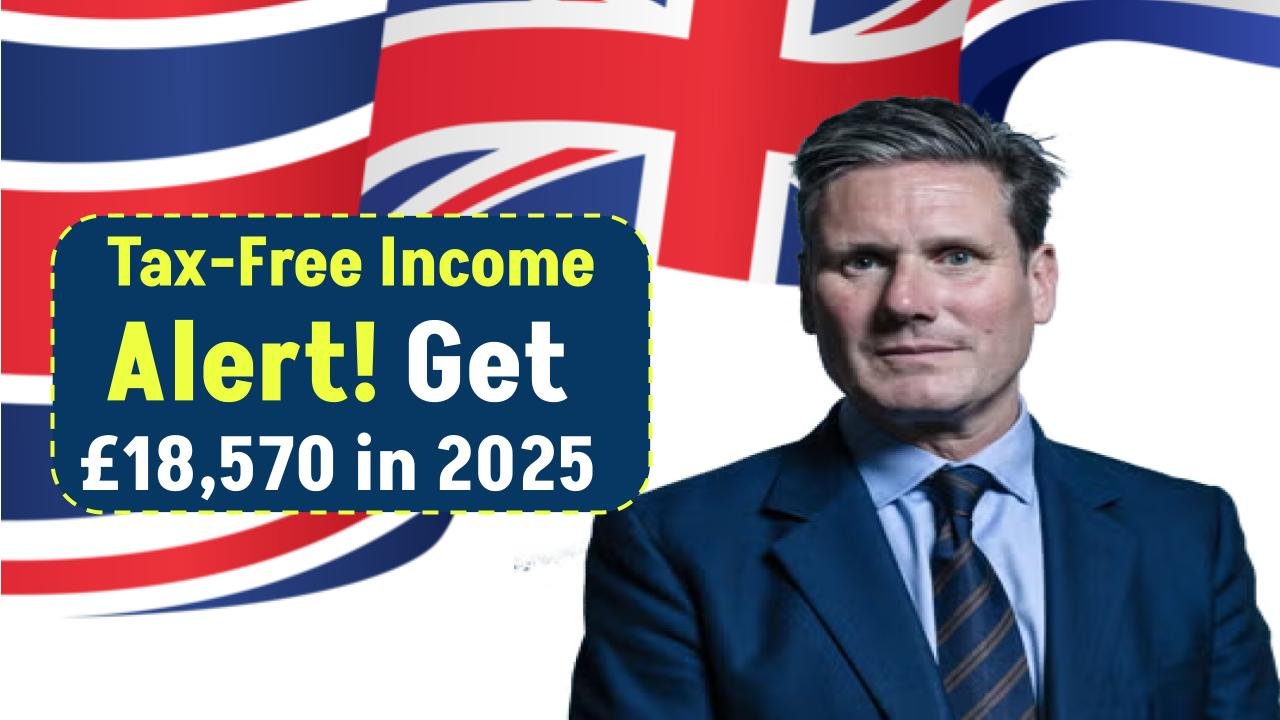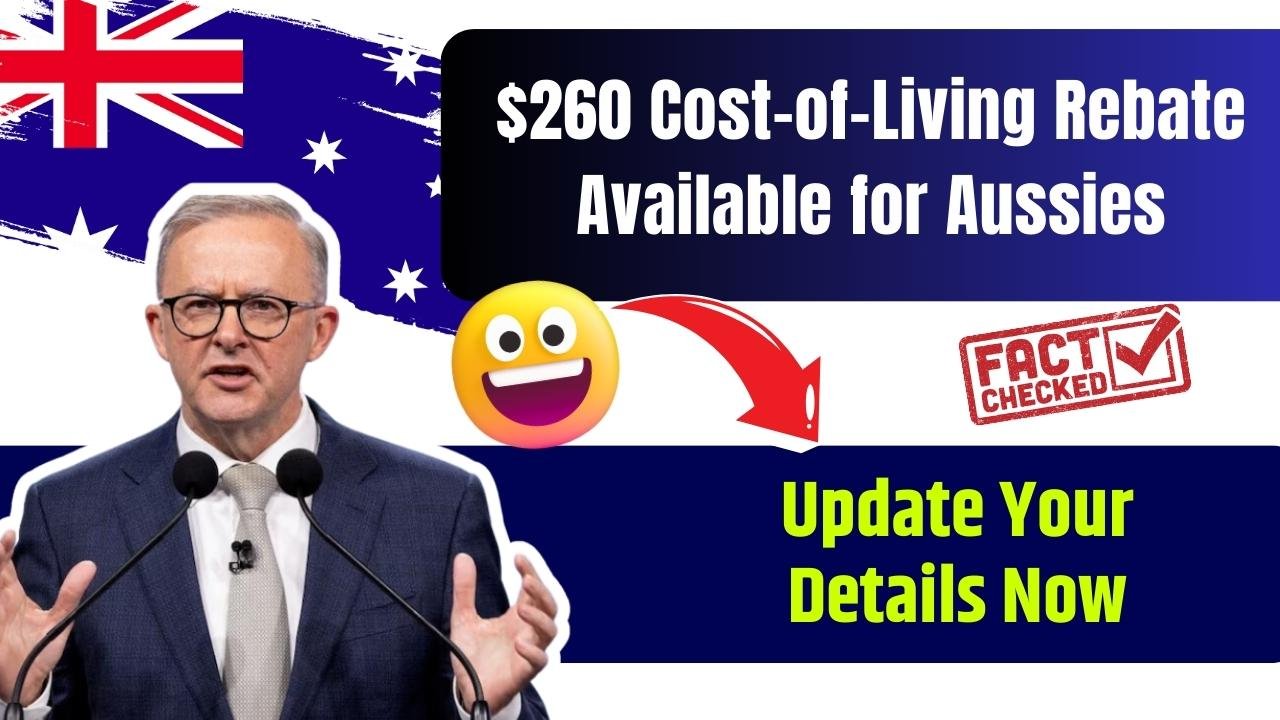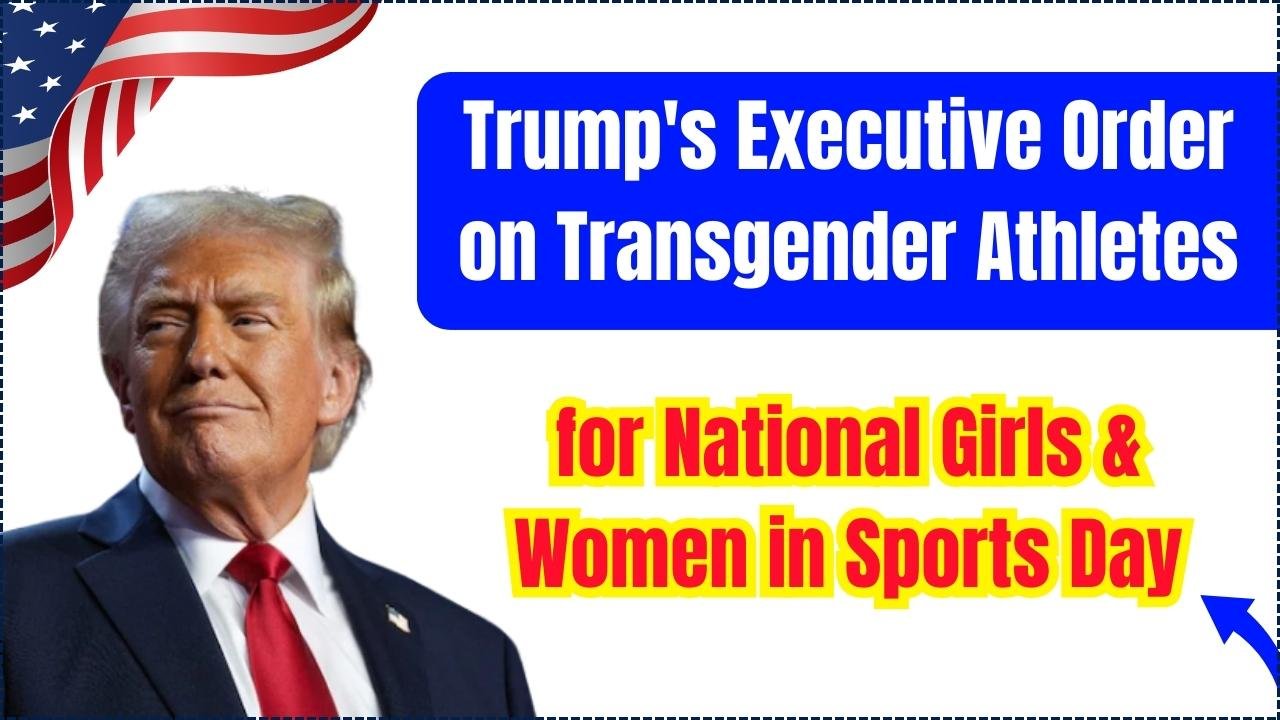CommBank $1,300 Relief – Apply Now Before It’s Too Late
Commonwealth Bank’s ( CommBank) $1,300 Relief Payment Offer – Is It Real and How to Claim? You’ve seen the headlines $1,300 from Commonwealth Bank and wondering if it’s real — and more importantly if you qualify . Here’s the short answer: Commonwealth Bank isn’t giving out cash directly, but they are offering a $1,300 discount … Read more








